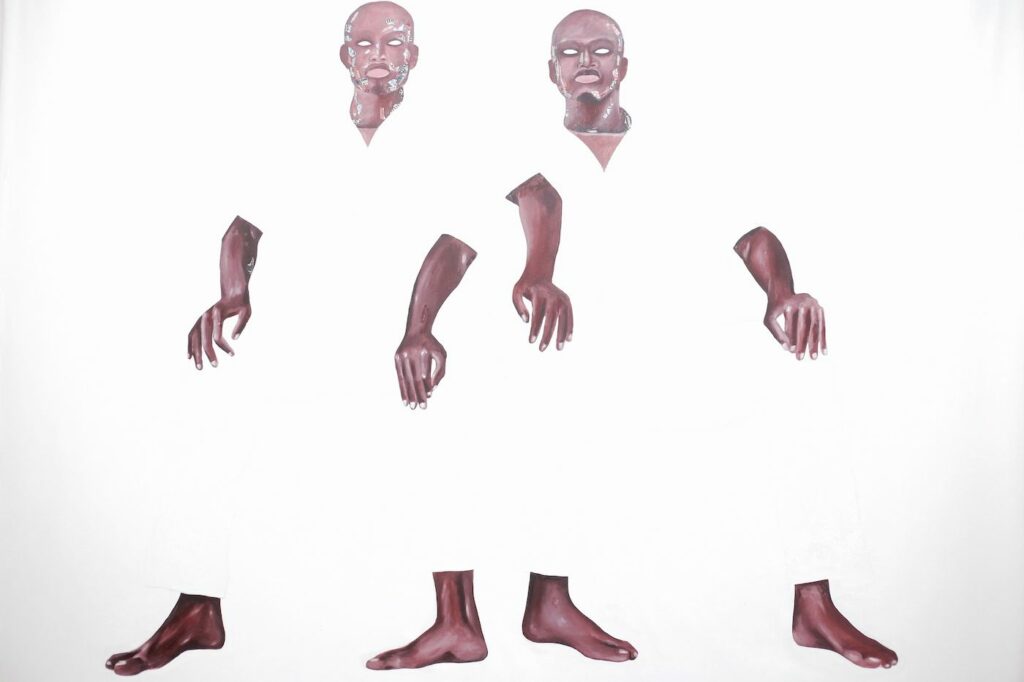Noldor, Accra, Ghana
04 Dec 2020 - 17 Jan 2021

Emmanuel Taku
Événements
Contemporary And (C&) est une plateforme dynamique qui reflète et met en relation des idées et des discours sur les arts visuels contemporains.
All content © 2024 Contemporary And. All Rights Reserved. Website by SHIFT